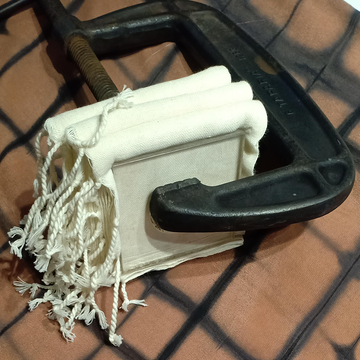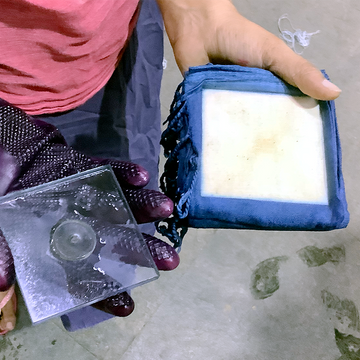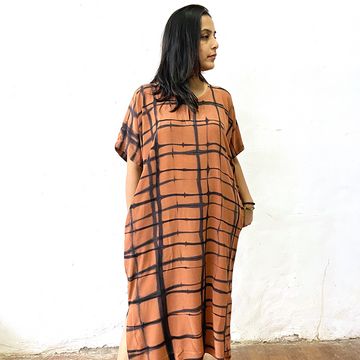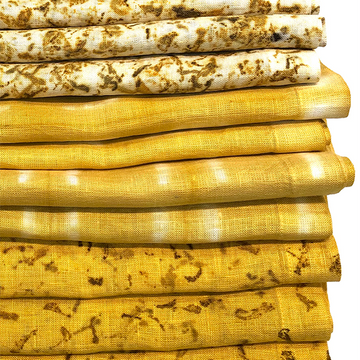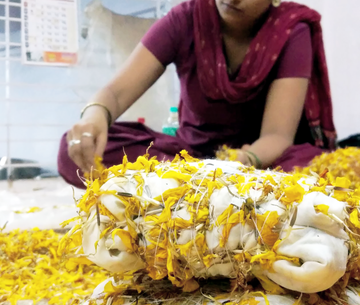
Eco-Print Idli Steam Dye
Eco-printing is a steam contact process originally used to imprint the shape of leaves on fabrics. Versions of this print technique have been around for centuries, perhaps longer. However, Eco-printing as we know it was essentially developed by textile designer and scholar India Flint and widely shared in her 2008 book Eco Color. The initial experiments with eco-prints soon became a base for innovations as the Dyers began exploring their own creativity, noting the similarity of the process to cooking steamed rice dishes. We even used an “idli” (rice-cake) steamer to steam the textiles, and so the name has stayed! Idli steam dyeing is the primary technique used in our Temple Blessings textiles.
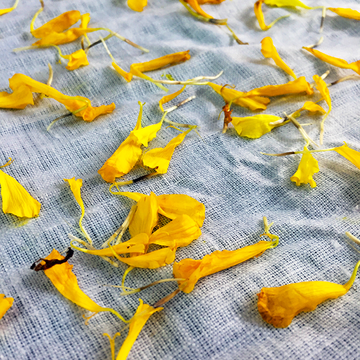
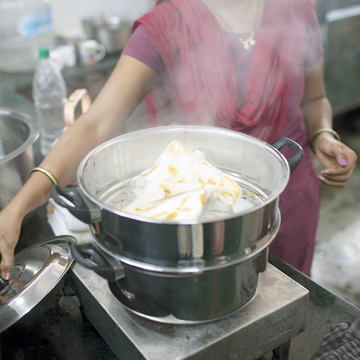

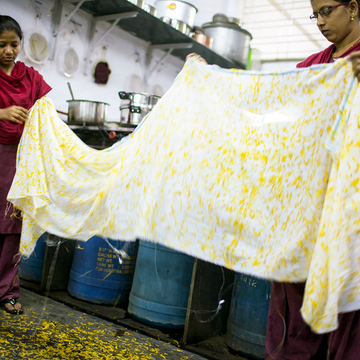
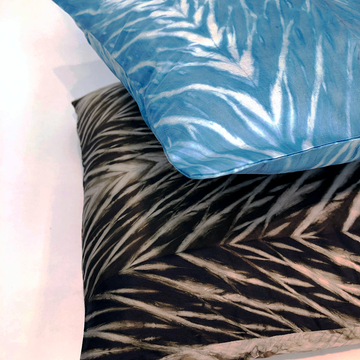
Tabu Texture Shibori
Our version of Arashi shibori. Arashi is the Japanese term for “storm” and it's also known as the pole-wrapping technique of shibori. In the initial days, we struggled to recreate the Japanese technique as is. But while watching a DIY video, Tabassum, one of our dyers, said “let me try this my way” and voila a new technique of tie-dye was born.
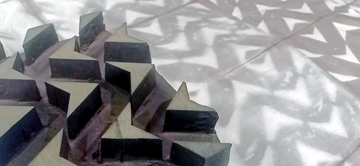
Traditional Wood Block Resist
This is an innovative Indian variation of Itajime shibori; a shape-resist dye technique Traditionally, the cloth is sandwiched between two pieces of wood, which are held in place with string. But instead of using basic shapes, like a square, cut from a piece of flat wood, we used 2 identical hand-block printing blocks carved in a beautiful floral motif. Indo–Japan fusion!
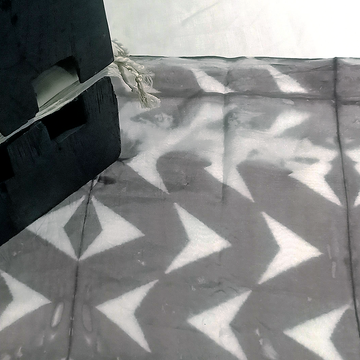
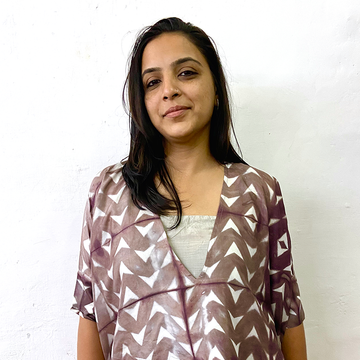
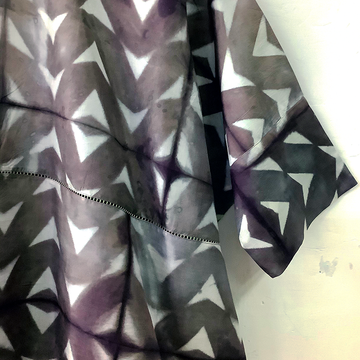
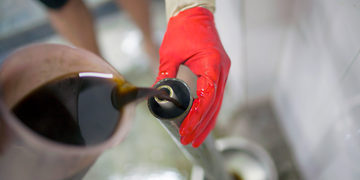
One-litre Pipe
At Adiv sustainability is not just a buzzword. In a bid to save water, one of our dyers, Mukhtar, created a unique way of pole-wrapping fabrics such that an entire scarf/fabric was dyed in just 1-litre of water. While the technique is rooted in the traditional Japanese Arashii method, Mukhtar’s innovation conserves water in the process.
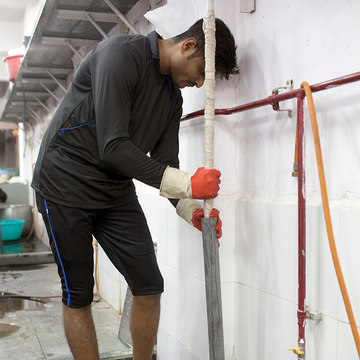
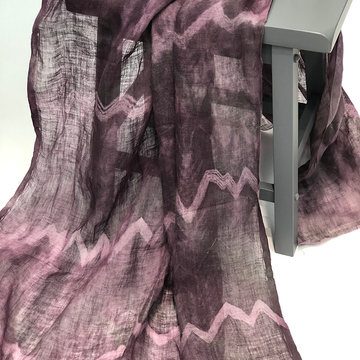
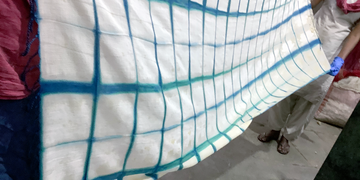
Itajime Shibori
Itajime shibori is traditional shaped resist dyeing technique. Historically, the cloth is sandwiched between two pieces of wood, which are cut into a simple shape such as a square and held in place with string. The wood resists the dye to reveal the shape on the finished cloth. Over time, the technique has been modernized to use shapes cut from plexiglass shapes as the resist, with metal clamps to hold it together. We have also experimented with using a series of simple binder clips to create resist designs.
